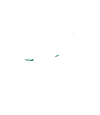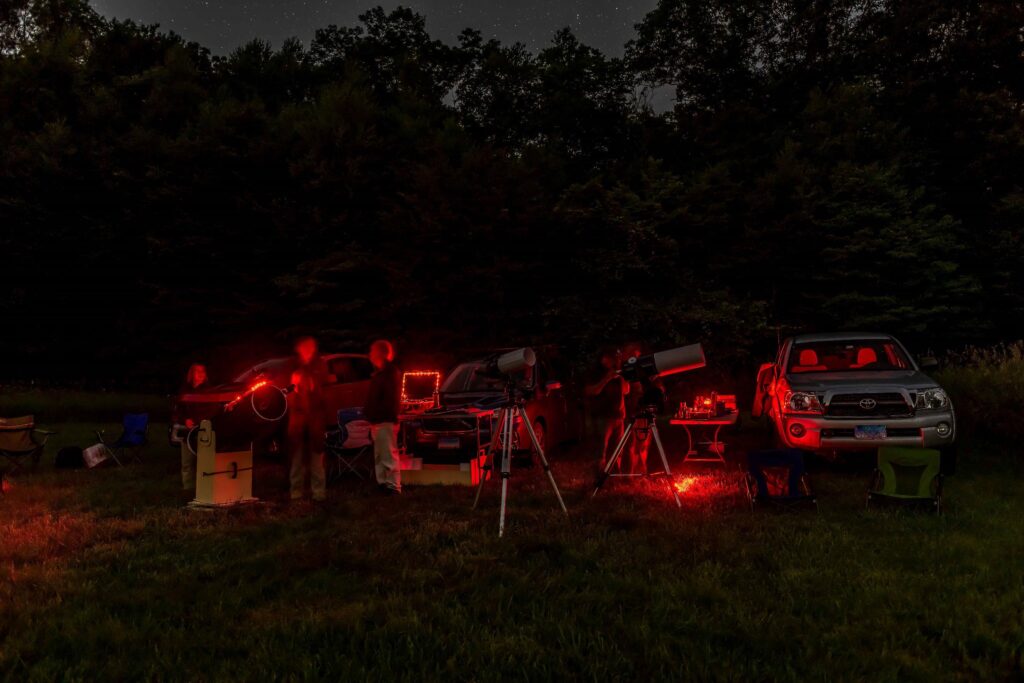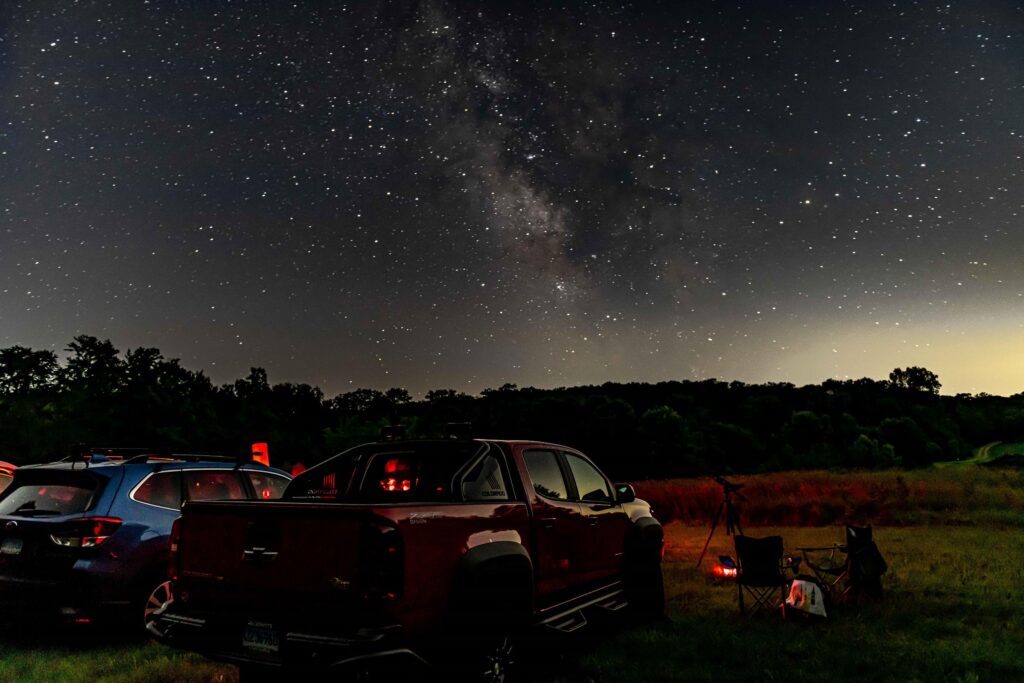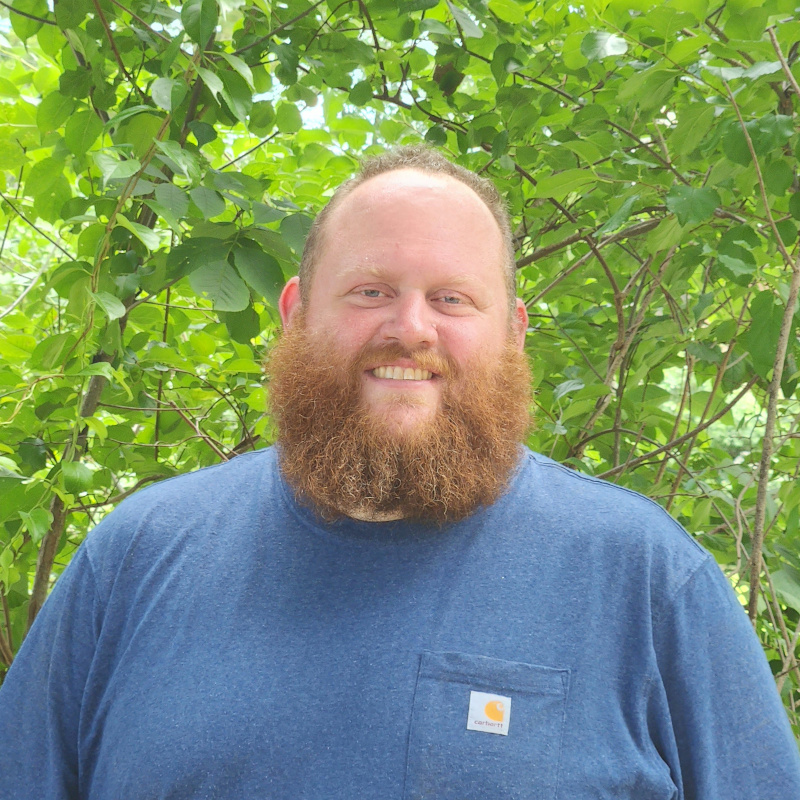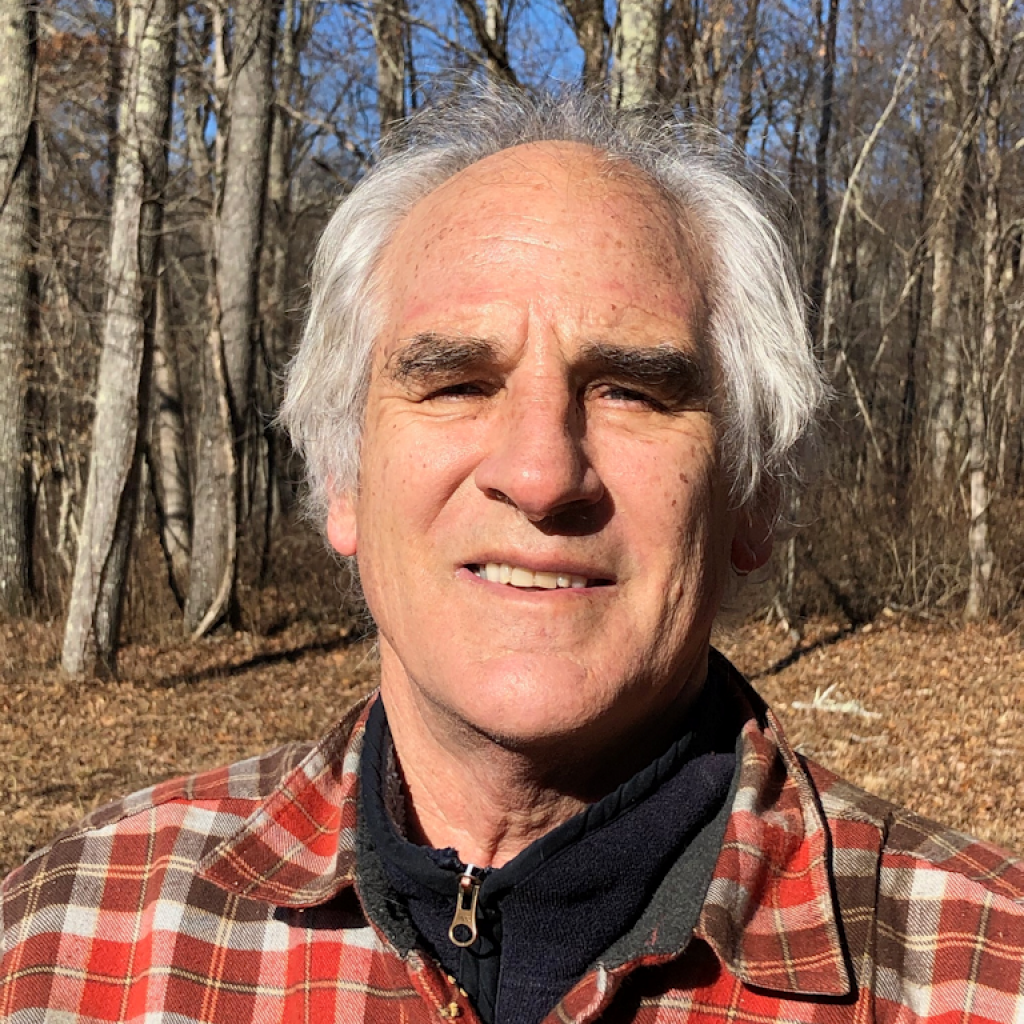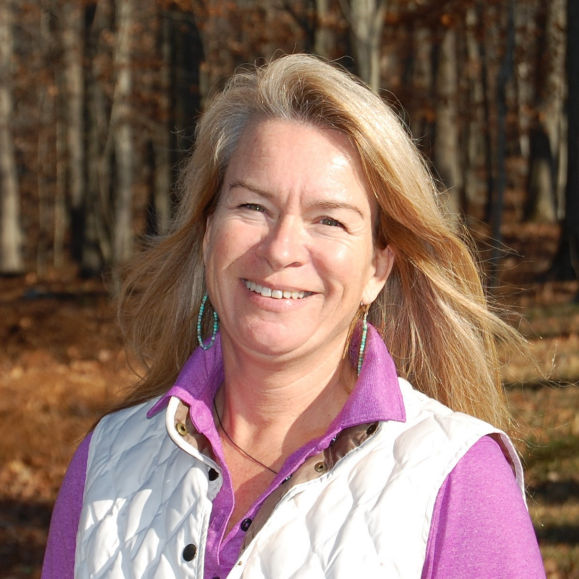by Alan Sheiness
On July 30, 2021, The Lyme Land Trust held a public observing session at its dark sky site. Attendees hailed from Westbrook, Colchester, and Lyme. Observers were able to take advantage of three telescopes, a spotting scope, and binoculars.
We gathered before darkness and learned what the Perseid meteor showers were all about: why we see them; why they are called Perseids; and why best observing is after midnight.
As the sky darkened, the brightest stars became visible one after the other, and we were taught mnemonics (memory aids) and tips for orienting in the summer sky. From the Big Dipper, we learned to “arc to Arcturus” and “spike to Spica”. Next up was the Summer Triangle, formed by the prominent stars Vega, Deneb, and Altair. With that starting point, we outlined the constellation Cygnus the Swan with Deneb as the ‘tail’ and observed the ‘nose’ of the swan, Alberio, through the telescope. At low magnification all could see that it is actually a binary star system, consisting of one blue and one yellow star.
As darkness took hold, Saturn and then Jupiter rose in the east. Between the two planets, we could see seven of those giant planets’ moons; four of Jupiter and three of Saturn. Saturn’s rings were easily discernable all night long.
Now fully dark, we traced out the outlines of Scorpio and Sagittarius with pointing equipment, and then the ‘steam’ rising from the Teapot in Sagittarius: the Milky Way itself. All night long we noted as the Milky Way became easier and easier to make out, arching upward and northward back through Cygnus and ultimately disappearing into the northern tree line.
Within the Milky Way, we aimed our telescopes at M8 The Lagoon Nebula, the globular cluster M22, and various other open clusters. High overhead in the constellation of Lyra (where Vega resides), we examined M57, The Ring Nebula, which is a supernova remnant from times long gone. In Hercules, we trained the scopes on the famous globular cluster M13, a dense collection of individual stars that meld into a round orb of light.
In between telescope observing, we sharpened our Big Dipper, Little Dipper and Polaris spotting skills. Within the Big Dipper we noted that the middle handle star is actually two stars, one much dimmer than the other, named Alcor and Mizar, also known as the ‘Horse and Rider’. We saw several shooting stars blaze in the sky, which of course were Perseid meteors, and several satellites passed overhead during the night. The most famous such passing, and by far the most prominent, was the ISS International Space Station!
It is so rewarding to look up and take in the natural beauty of the night sky. Our Lyme night sky is uniquely dark owing to our unpopulated open spaces and prudent land management. The Lyme Land Trust is dedicated to promoting dark skies by hosting observing sessions aimed at familiarizing you with the splendid vistas that lie straight overhead. Come on out to our next observing session. Telescopes are encouraged and welcomed, but first-timers without any equipment are equally welcome to share the evening with us.
Click here to learn more about the Lyme Land Trust Astronomy Program.
Alan Sheiness is a ten-year resident of Lyme, CT, and treasurer of The Lyme Land Trust. Alan is a life-long astronomy enthusiast and astrophotographer. He is a promoter of dark skies and along with Lyme resident Scott Mallory has established a new astronomy program as part of LLT’s public offerings. You may contact them at alan.sheiness@icloud.com and scott.mallory@gmail.com .
